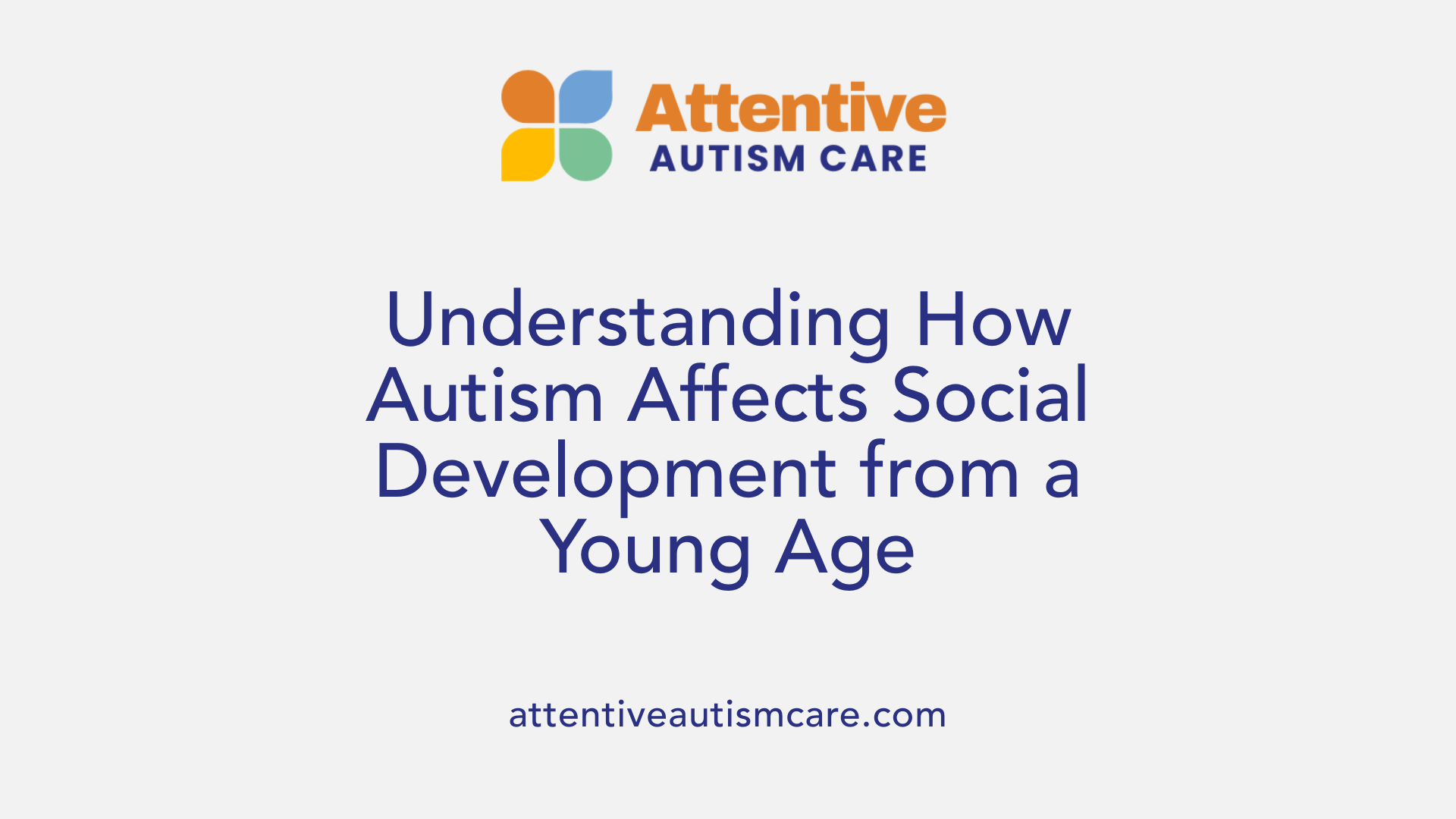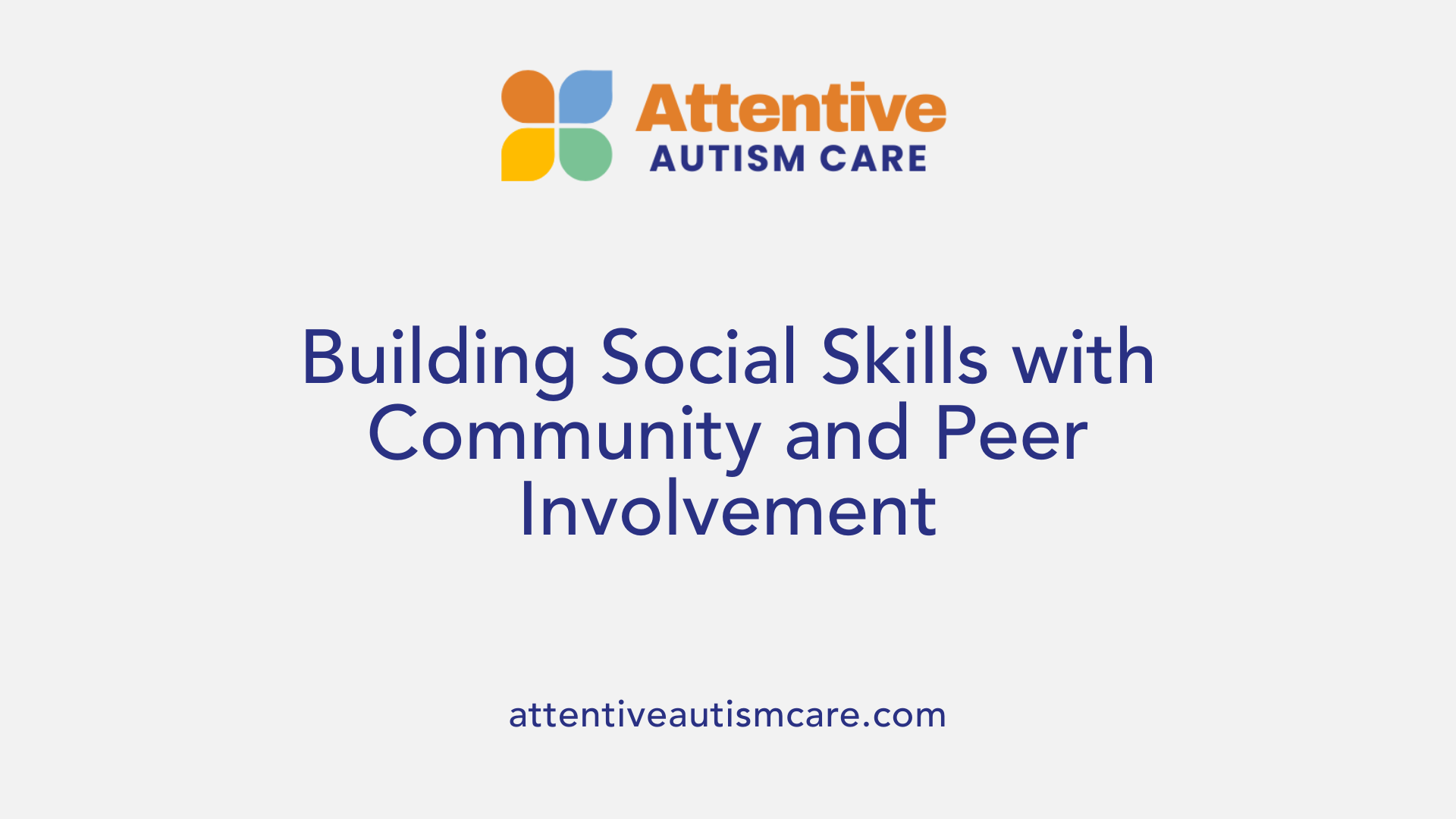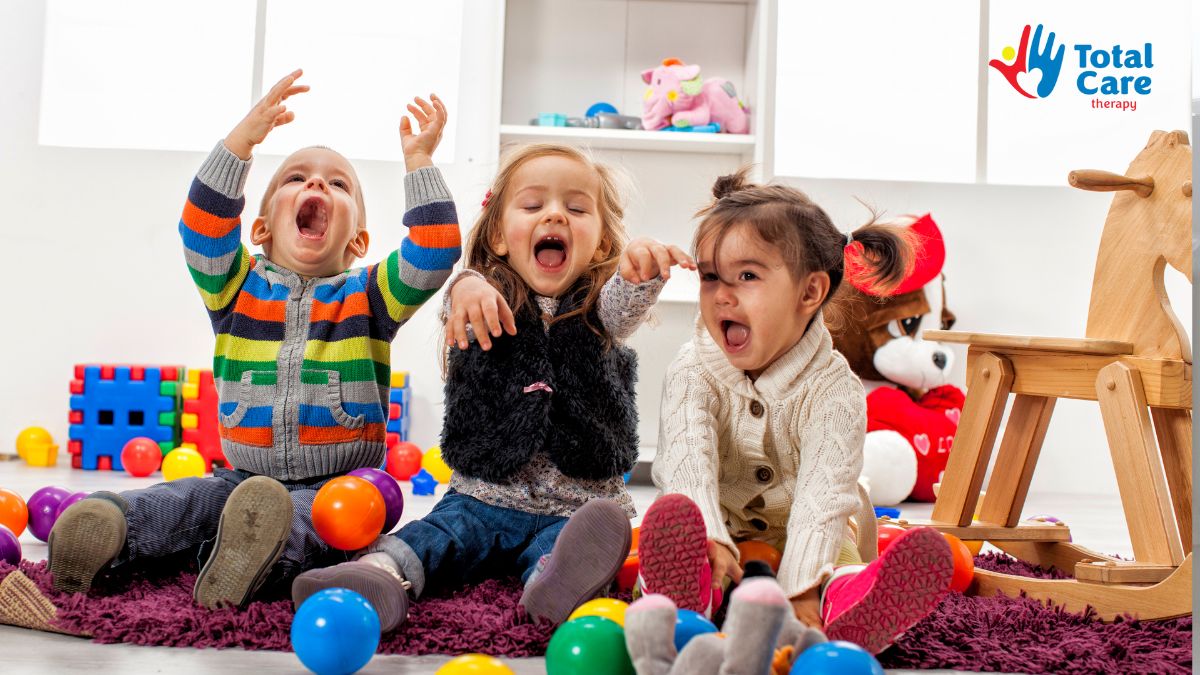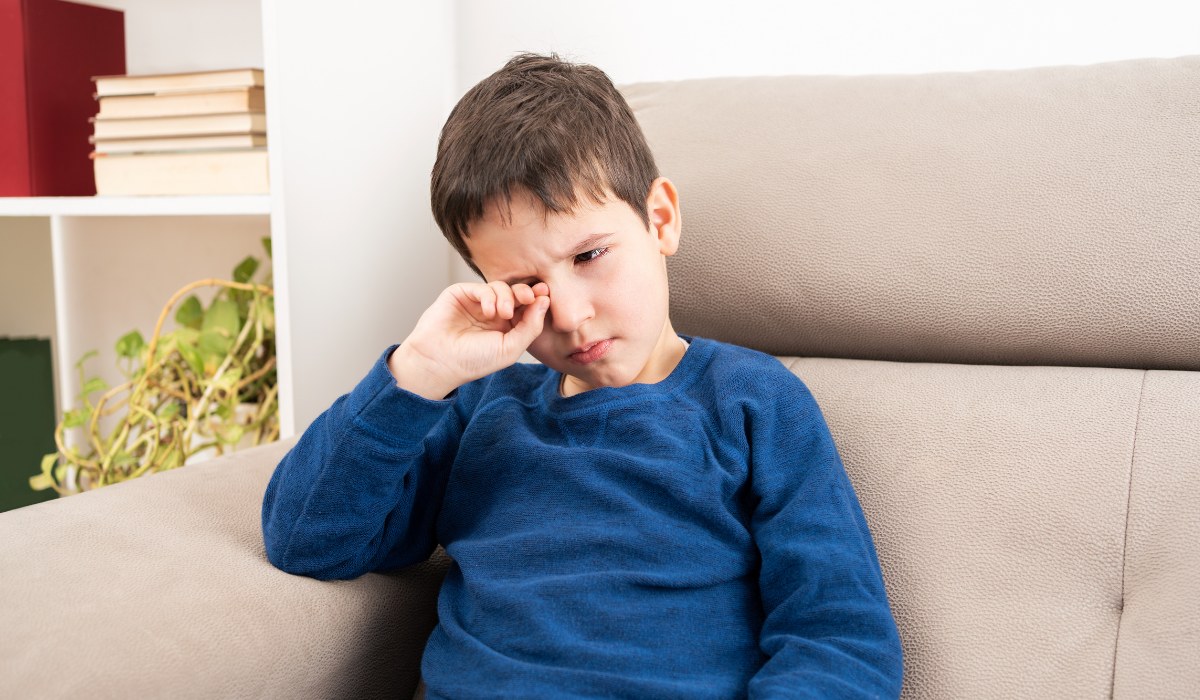The Impact of Autism on Social Communication
Understanding Social Communication Challenges in Autism Spectrum Disorder

Exploring the Core Aspects of Autism’s Impact on Social Skills
Autism spectrum disorder (ASD) is a complex developmental condition characterized by persistent challenges in social communication, along with restrictive and repetitive behaviors. These social difficulties, present from early childhood, influence how individuals interact, understand, and respond to social stimuli, shaping their social experiences throughout life. Recognizing the nuances of these challenges is essential for fostering inclusive environments and developing effective support strategies.
Early Developmental Indicators of Social Challenges in Autism

What are early social deficits and how do they affect children with autism?
Children with autism often show signs of social challenges from a very young age. These early social deficits might include limited eye contact, a lack of typical gestures like pointing or showing objects, and reduced response to social stimuli such as their name being called. During infancy, these children may not engage in joint attention—an essential social-cognitive milestone where a child shares focus on an object or event with someone else.
Such early signs can lead to delays in developing social skills, affecting their ability to form connections with others. For example, a child might not seek comfort from caregivers or respond appropriately to social cues. These challenges often become evident by 12 to 18 months of age, and noticing these signs early enables timely intervention.
How do developmental milestones impacted by ASD influence later social skills?
The typical developmental path involves acquiring social behaviors such as eye contact, sharing enjoyment, and initiating interactions. Autism can interfere with these milestones significantly. Children might miss out on developing functional language, making communication more difficult, which further impacts social participation.
For example, problems with understanding and using language can hinder a child's ability to participate in conversations, understand social norms, or interpret emotions. The developing brain’s atypical growth patterns in ASD, including differences in brain regions responsible for social cognition and communication, underscore the importance of early detection.
Why is early detection and intervention critical?
Early diagnosis of ASD is vital because it allows for prompt support, which can improve social outcomes. Behavioral therapies, speech and language therapy, and social skills training are more effective when started early.
Supporting development in these critical early years can help children develop better social understanding, communication skills, and adaptive behaviors. Even though autism is a lifelong condition, early intervention provides a foundation for improved social engagement, emotional well-being, and overall quality of life.
Understanding these early signs and their impact highlights the importance of monitoring developmental milestones closely and seeking professional guidance as soon as concerns arise.
The Role of Social Skills Programs and Peer Support in Autism

What strategies and support approaches are effective in improving social communication in autistic individuals?
Improving social communication in autistic individuals relies on a variety of evidence-based strategies and tailored support. Social skills training programs such as PEERS at UCLA provide structured curricula that teach practical skills, including conversation techniques, dating tips, and conflict resolution. These programs create real-life practice opportunities, helping participants gain confidence and competence.
Peer-mediated interventions play an essential role by training neurotypical peers to act as social role models. This approach reduces peer stigma, promotes acceptance, and encourages natural interactions. These peers learn to reinforce appropriate social behaviors, making social learning more authentic.
Augmentative and alternative communication (AAC) methods support those with limited verbal skills. Options like communication boards, speech-generating devices (SGDs), and sign language allow nonverbal individuals to express needs and engage socially. Naturalistic language strategies, social narratives, and video modeling further enhance functional communication.
Personalized plans developed through multidisciplinary assessments ensure that interventions align with individual goals and strengths. Speech and language therapists, occupational therapists, and psychologists work together to craft supports centered on understanding, respecting preferences, and fostering acceptance. Ultimately, combining structured approaches with social understanding from caregivers and non-autistic peers leads to significant improvements in social communication.
How do social skills groups and community activities support social development?
Social skills groups and community activities serve as vital avenues for fostering social growth among autistic individuals. These structured environments provide safety and support for practicing core skills such as initiating conversations, taking turns, and understanding others’ perspectives.
Programs like the UCLA PEERS curriculum are designed to teach social competence in a practical context. They include instructions on social etiquette, handling conflicts, and even dating skills for young adults. Activities simulate real-world social scenarios, helping participants translate skills from the classroom to everyday life.
Community involvement further enhances social development by promoting inclusion and experiential learning. Autism-friendly guides and accessible local events encourage participation, boosting confidence and reducing feelings of loneliness. Volunteer opportunities, clubs, and sports designed for autistic individuals foster peer relationships, foster independence, and enhance social resilience.
Peer support is especially impactful. Trained neurotypical peers or volunteers act as role models, demonstrating appropriate social behaviors and providing immediate feedback. These interactions help normalize social situations and create supportive networks that promote ongoing skill development.
What influence does community involvement and peer inclusion have on social communication?
Community involvement and peer inclusion are powerful forces in improving social communication skills. Active participation in community activities exposes autistic individuals to authentic social environments, allowing them to practice skills such as greeting others, understanding social cues, and maintaining conversations.
Inclusive programs help break down social barriers and combat stigma, fostering an environment of acceptance. When neurotypical peers are educated about autism and involved in the socialization process, they are more likely to serve as supportive allies.
Peer training programs, like buddy systems and social clubs, reduce social rejection and promote meaningful friendships. Peers learn to recognize the strengths and needs of autistic individuals, which makes social exchanges more comfortable and reciprocal.
This inclusivity reduces social fatigue and anxiety, building confidence and self-esteem. As autistic individuals engage more deeply with their communities, they develop resilience and stronger social bonds, leading to increased participation, satisfaction, and overall well-being.
How does the variability in social communication skills among autistic individuals influence intervention approaches?
The diversity in social communication abilities among autistic individuals requires a highly personalized approach. Some may have limited speech or difficulties recognizing social cues, necessitating supports like AAC and nonverbal communication training.
Others with more developed language skills might struggle with social reciprocity, understanding figurative language, or managing emotional cues. For these individuals, interventions focus on skill-building in conversation, perspective-taking, and emotional recognition.
Professionals adapt strategies based on comprehensive assessments, often combining multiple methods such as structured social skills groups, naturalistic language learning, and sensory supports. Tailoring interventions ensures relevance and engagement, which are critical for effectiveness.
Recognizing each person’s unique profile allows for flexible adjustments and ongoing monitoring to optimize social outcomes. Emphasizing individual strengths and areas for growth enhances motivation and increases the likelihood of meaningful social development.
Fostering Social Growth and Inclusion for Autistic Individuals
Addressing the social communication challenges faced by individuals with autism requires a comprehensive understanding of the underlying neurodevelopmental factors, individual variability, and effective intervention strategies. Early identification and personalized support, including social skills training, peer-mediated programs, and community involvement, can significantly enhance social understanding, reduce feelings of rejection, and promote meaningful connections. Recognizing autism through a neurodiversity perspective encourages acceptance of different social styles and emphasizes strengths, fostering environments where autistic individuals can thrive socially and emotionally. Advancing research and intervention approaches will continue to improve social outcomes and quality of life, reinforcing the importance of inclusion, understanding, and support in building a more equitable society.
References
- Autism Spectrum Disorder: Communication Problems ... - NIDCD
- Autism and communication
- Social skills and autism
- Autism and Social Communication
- Social Skills Deficits in Autism Spectrum Disorder
- Social Communication and Language Characteristics ...
- Enhancing social interactions for youth with autism ...
- How Does Autism Affect Communication Skills?
- the impact of dog training intervention on verbal and non- ...



































































































